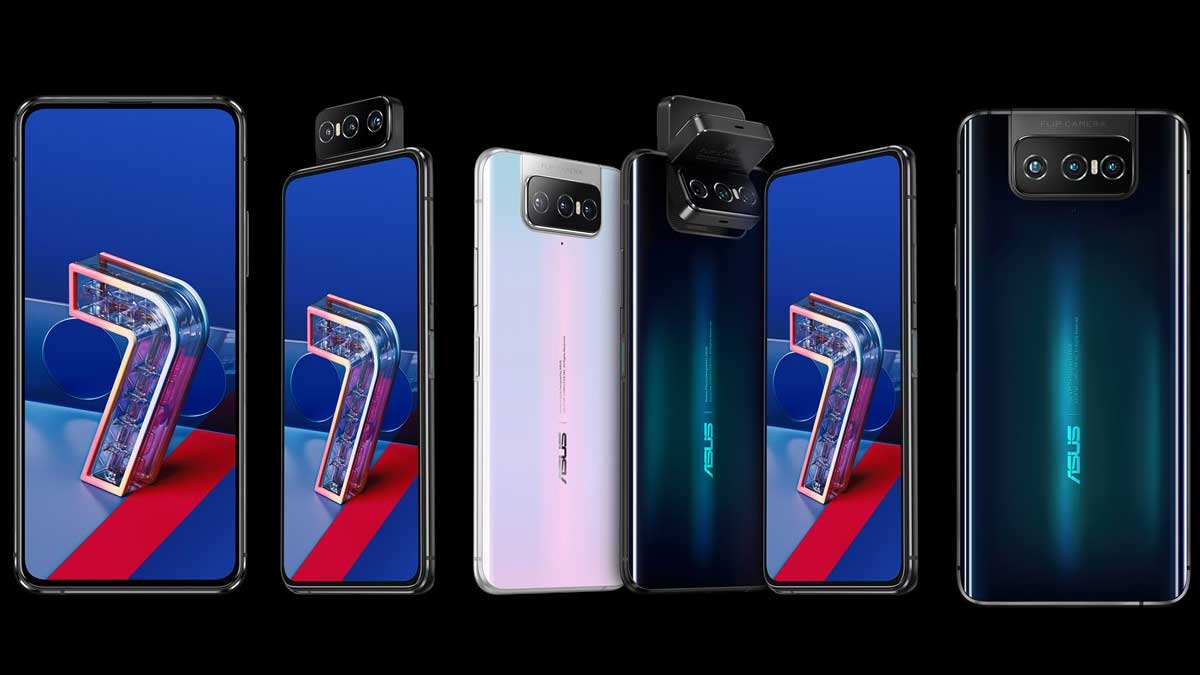ASUS ZenFone 7 Series Review and Comparison
Jibin Baby (Author) Published Date : Sep 02, 2020 10:43 ISTTechnology
Last week ASUS released its brand new ZenFone7 series, both ZenFone 7 and ZenFone7 pro are similar with slight differences, which adopts the current generation than ZenFone 6.
ASUS added many new specifications and adaptations like Qualcomm’s latest Snapdragon 865 and 865+ chipsets, 90Hz AMOLED display with higher DRAM and storage.
ZenFone 7 series features a full-screen display without camera cut-out and LED notification, which helps users to enjoy the OLED screen without distractions. The 6.67-inch screen with 2400 x 1080 resolution in a 20:9 aspect ratio and 90Hz refresh rate capability makes this year’s model more attractive.
To talk about snapdragon, the ZenFone 7 and 7 Pro comes with Qualcomm’s latest Snapdragon 865 SoCs assists by the X55 modem, which is capable of 5G devices. Also, to accelerate CPU and GPU performance of 10%, ASUS engage Snapdragon 865+. DRAM and NAND storage variations between the regular ZenFone 7 and the 7 Pro are 6 GB of LPPDR5 and 128GB and 8 GB of LPPDR5 and 256GB, respectively.
The triple rare camera features with the main camera,ultra-wide-angle, and telephoto lenses. The primary main camera, 64MP IMX686 sensor with 0.8µm pixels and default bins down to 16MP, and The optics have a
large f/1.7 aperture. The ultra-wide-angle affirms the ROG Phone III with a 12MP IMX363 with 1.4µm pixels, and the dual-pixel phase detects focus. The optics features an f/2.2 aperture with a 113° wide angle.
The third telephoto module with 8 MP and 3x optical magnification helps digitally cropped and magnified up to a useable 12x zoom in the camera app. The optics here feature an f/2.4 aperture.
The flip-camera with improved internal mechanism employs a new motor capable of 2.2x the torque, lasts up to 200000 flips, which is 100 flips a day for over 5 years. This module employs not only 180° setup but also can sit at a 90° or 135° angle. ZenFone7 series is quite thicker comparing ZenFone 6, at 9.6mm, due to the 5000mAh battery, which bloats up the device to 230g.
The unique bottom features an LED notification light on the left of the USB-C port repositioned from the front top of the screen. The left side of the phone consists of a long two nano-SIMs and a micro-SD card SIM tray.
Simultaneously, the right side has a standard volume rocker and a triple-function power button that opted Goodix's fingerprint scanner. More than a power button, it features many things like an accustomed single-press power button, dual-pressing calls up the Google Assistant, and you can customize these functions personally.




